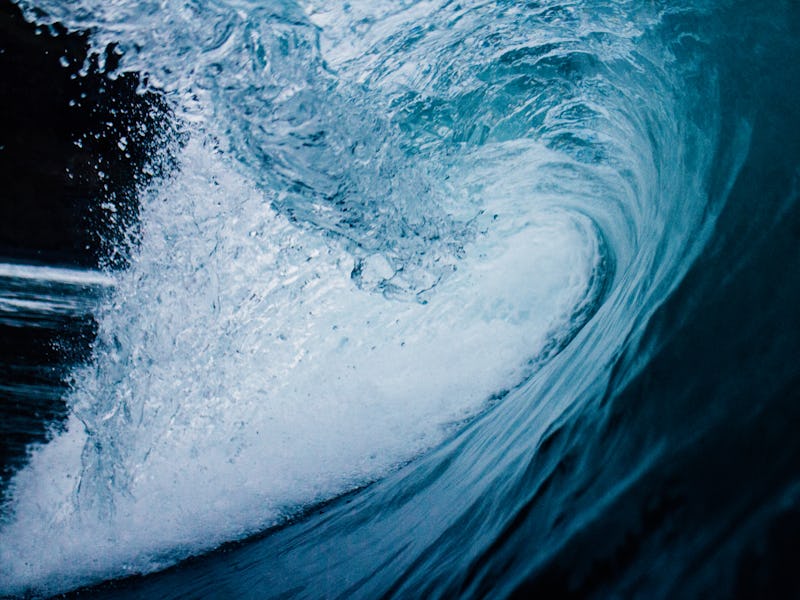A 7.6-Magnitude Earthquake Hit the Caribbean Sea, Raising Tsunami Alarms
What factors have to line up for an earthquake to create a tsunami?

Central American countries felt a powerful shake Tuesday night when a 7.6 magnitude earthquake was set off just about 125.4 miles northeast of Honduras’s coast. It’s the strongest earthquake to hit the Caribbean in modern times and raised strong alarms that countries in the vicinity were about to be inundated by oncoming tsunamis.
Those warnings turned out to be false alarms, and were canceled just an hour after the earthquake struck. Officials in the region feared countries like Puerto Rico, the Cayman Islands, Cuba, Jamaica, and communities on the Mexican and Central American coasts were about to be impacted by waves stretching larger than three feet. No tsunami manifested.
That might sound surprising given that 7.6 magnitude is a pretty hefty value for an earthquake. It’s nowhere near the 8.9-magnitude quake that triggered a 30-foot-high tsunami in 2011 that devastated Japan, but still, 7.6 is nothing to scoff at. So why didn’t a tsunami form?
The epicenter of the 7.6-magnitude earthquake.
There are quite a few factors that dictate what kind of potential an earthquake has for creating a tsunami. The most critical goes back to magnitude. It’s important to recognize that magnitudes are measured on what’s called a logarithmic scale. If you’re not a math wiz, then the basic thing you need to know is that each whole value is actually 10 times greater than the previous one. So a magnitude of 6 means the earthquake is 10 times greater than a quake that shakes at a magnitude of 4.
Because that’s how magnitudes work, the difference between a magnitude of 7.6 and 8.9 is actually staggering. Earthquakes should be at least magnitudes of 6 to trigger tsunamis, but they ought to be in the upper 7’s to automatically raise alarms. Earthquakes lower than a 7.5 magnitude might end up creating local seismic waves that can still threaten coasts or people residing on a beach.
The next big thing to understand is actually how a tsunami works in terms of fault lines. Earthquakes cause tsunamis when the seismic shakes shift land sitting along the fault lines up or down. As the seafloor moves vertically, water becomes displaced, propelling water in all directions and generating a wave that accumulates as it moves out. Earthquakes that push land in horizontal directions, meanwhile, hardly cause waves that lead to tsunamis, because the energy doesn’t displace water columns in the ocean.
In addition, a tsunami’s height is affected by the seafloor depth. The deeper the ocean, the faster the tsunami will travel — and the wave’s speed will go up or down based on changes to that depth.
A slight bit of power could have caused something much more frightening to occur in Central America last night. Although the warnings turned out to be hollow in this case, it would be a stark error to call them unnecessary. Better safe than sorry.